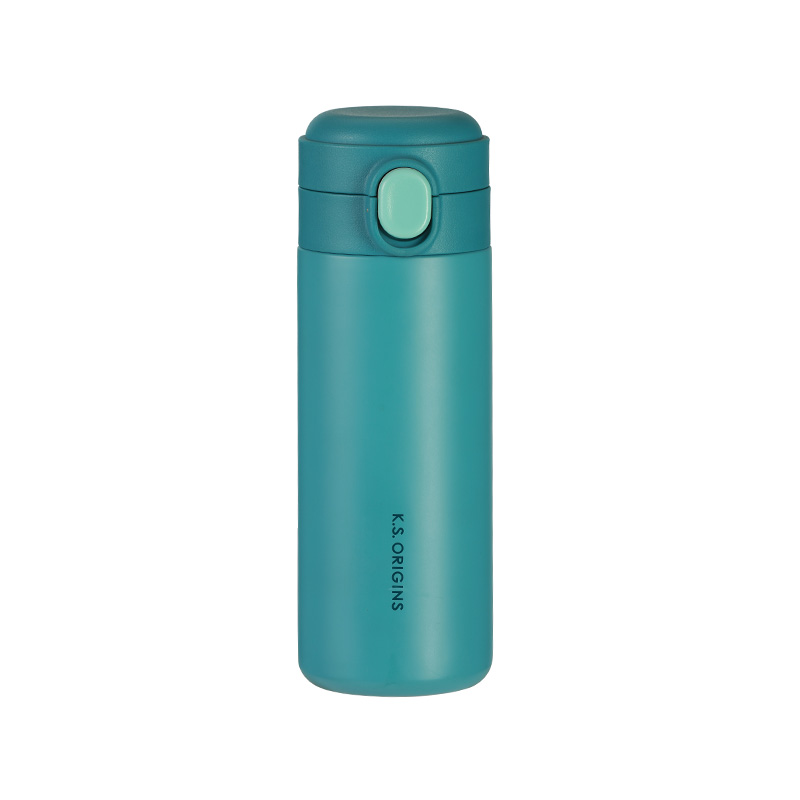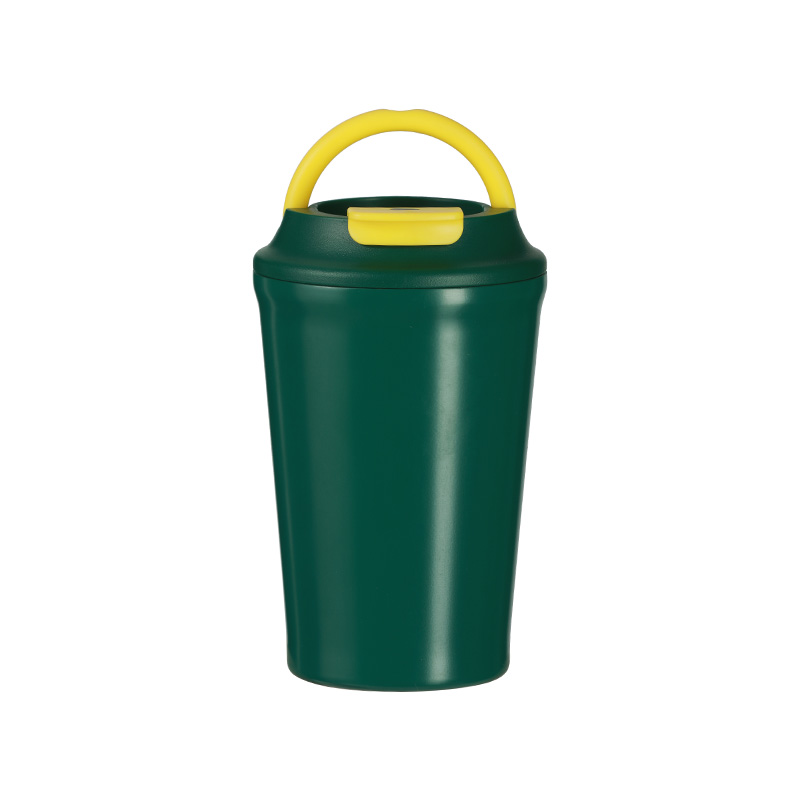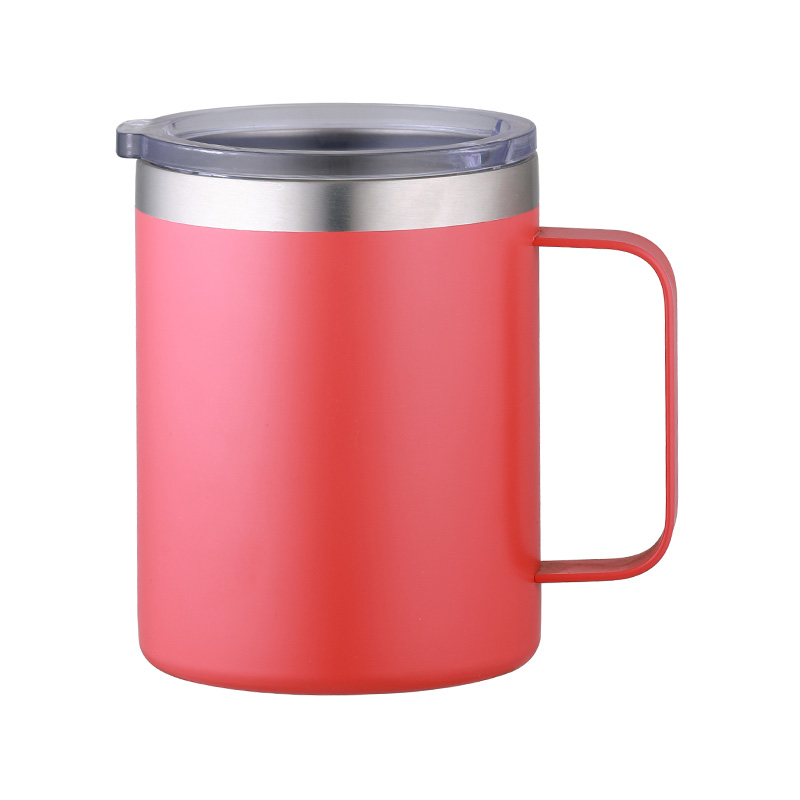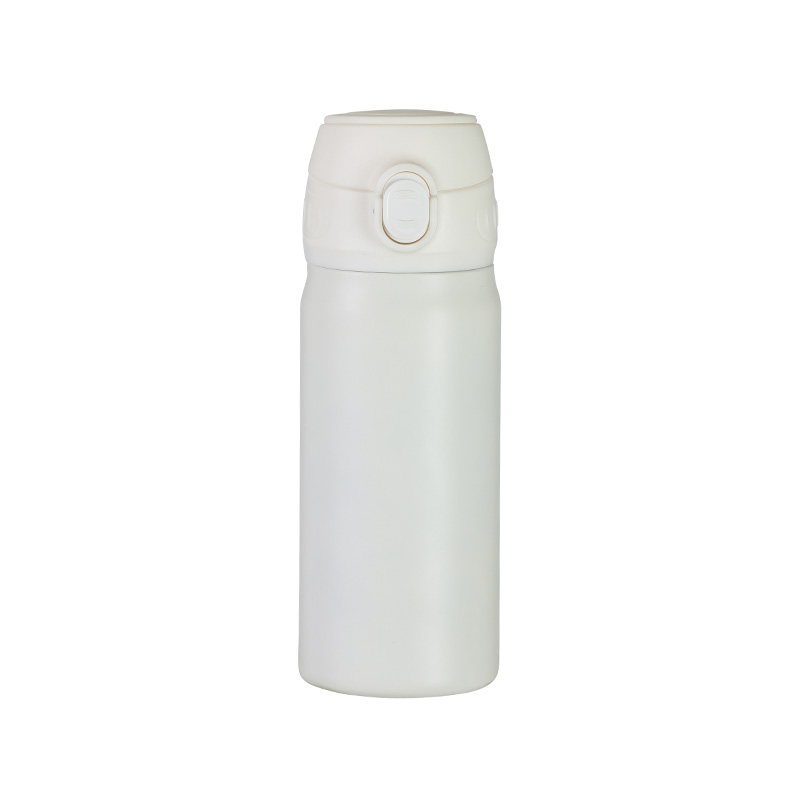Stainless steel thermos mugs are widely used for carrying hot or cold beverages due to their durability, heat retention, and portability. They are popular in office environments, outdoor activities, and daily commuting. Despite their advantages, these mugs can present certain challenges that affect usability, performance, and maintenance. Understanding these potential problems allows users to address them effectively and make informed choices.

Leakage and Poor Sealing
One of the frequent problems with stainless steel thermos mugs is leakage due to improper sealing.
- Cause: Thermos mugs often use screw-on lids, push-button closures, or flip-top caps. Over time, seals and gaskets can wear out, become misaligned, or develop cracks, liquid escaping from the mug.
- Impact: Leakage can create spills in bags, on desks, or in vehicles, potential damage to electronics, documents, or clothing.
- Solution: Regular inspection and cleaning of the sealing gasket can prevent misalignment or buildup of residues that interfere with the seal. Replacing worn-out gaskets ensures continued leak prevention. Additionally, tightening lids appropriately without over-torquing helps maintain proper sealing.
A commuter carrying a thermos mug in a laptop bag may experience leakage if the lid’s silicone gasket is worn, highlighting the importance of regular maintenance.
Heat or Cold Loss
Despite being designed for insulation, thermos mugs can experience reduced thermal retention under certain conditions.
- Cause: Poor lid closure, damaged vacuum insulation, or low-quality construction can allow heat or cold to escape. Stainless steel walls alone do not guarantee long-term temperature maintenance without proper vacuum insulation.
- Impact: Hot beverages may cool too quickly, and cold drinks may warm, reducing the effectiveness of the mug for users relying on consistent temperatures during commuting or outdoor activities.
- Solution: Choosing thermos mugs with verified vacuum insulation and ensuring that lids are fully closed can improve temperature retention. Avoiding repeated lid opening or overfilling the mug near the top edge also helps maintain consistent temperatures.
For example, a hiker expecting cold water on a long trail may find the liquid warm if the thermos mug has a compromised vacuum seal, demonstrating the need for quality and careful handling.
Difficulty in Cleaning
Another issue is that stainless steel thermos mugs can be difficult to clean, especially those with narrow openings or complex lid mechanisms.
- Cause: Narrow-mouth designs limit access for brushes, while flip-top or push-button lids contain multiple components that trap residue. Milk, coffee, or sugary beverages can leave buildup that affects taste and hygiene.
- Impact: Residues may accumulate, causing unpleasant odors, bacterial growth, or altered flavor in subsequent uses. This problem can discourage regular use and reduce the mug’s lifespan.
- Solution: Using bottle brushes, disassembling removable lid parts, and cleaning thoroughly with warm water and mild detergent helps maintain hygiene. For difficult residues, soaking components in a mixture of vinegar and water can remove buildup. Regular cleaning after each use is essential to prevent lingering odors.
A coffee drinker using a thermos mug with a flip-top lid may notice lingering coffee aroma if the lid is not disassembled and cleaned carefully.
Physical Damage and Durability
Stainless steel thermos mugs, while durable, can experience physical damage under certain conditions.
- Cause: Dropping the mug or applying excessive force can dent the stainless steel body or damage the lid and insulation. Even minor dents can affect the lid’s ability to seal properly.
- Impact: Physical damage may reduce thermal retention, cause leaks, or make the mug uncomfortable to hold.
- Solution: Using protective silicone sleeves or handling the mug carefully can reduce the likelihood of damage. Selecting thermos mugs with thicker walls and reinforced lids also improves durability for daily use or outdoor activities.
For instance, a commuter who drops a thermos mug on a pavement may notice a dent that prevents the lid from closing fully, demonstrating the importance of careful handling.

 English
English 日本語
日本語







